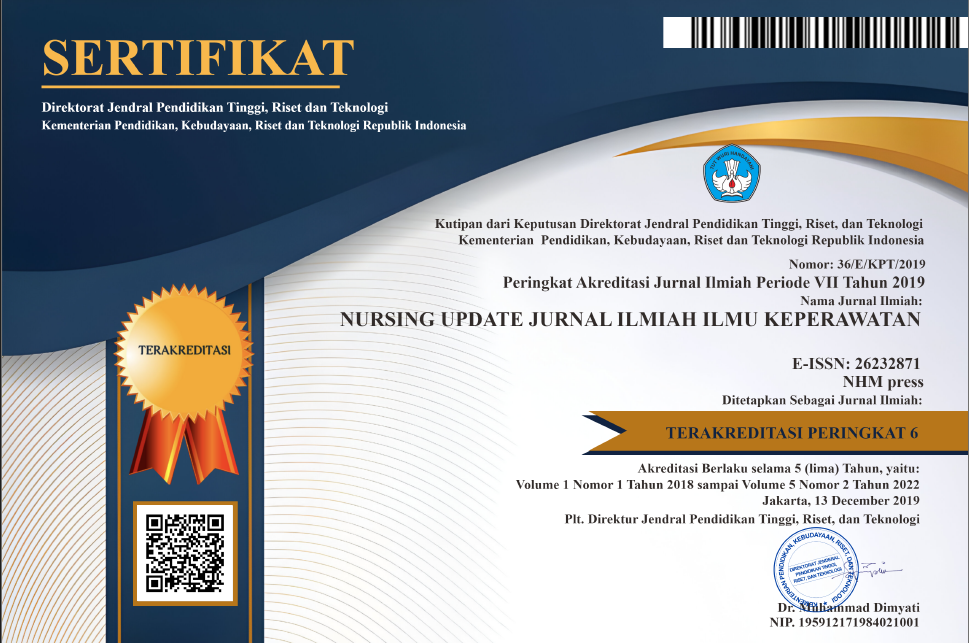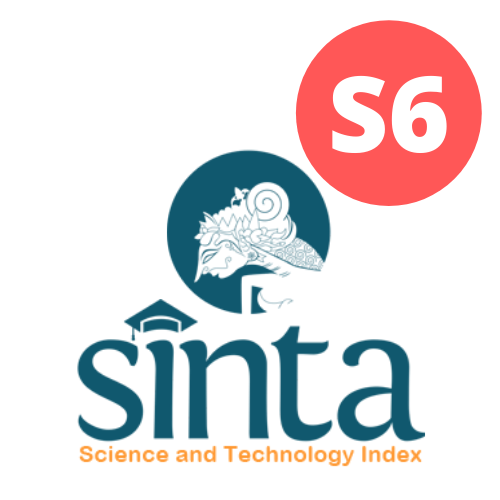Spatial Analysis of Nearest Neighbors in Dengue Disease in Metro City
Abstract
Dengue Hemorrhagic Fever (DHF) poses a significant public health challenge in Metro City, Lampung Province, characterized by fluctuating case numbers. This study aims to analyze the spatial patterns of DHF using Geographic Information System (GIS) techniques and identify associated risk factors. Data were collected from DHF patients recorded between January and April 2024, revealing geographic variations in case distributions, with Iring Mulyo village reporting the highest incidence. The analysis indicates that most cases occur in individuals aged 6-59, although children aged 1-5 are notably at higher risk. Additionally, the distribution of cases shows a higher prevalence among females, likely due to environmental and behavioural factors. Vulnerability mapping highlights areas with elevated risk, particularly in densely populated regions. The findings underscore the necessity for targeted interventions, including community empowerment and vector control efforts. Recommendations are made for health authorities to employ data-driven strategies tailored to each area's unique demographic and environmental contexts. This study emphasizes the importance of continuous monitoring and adaptive strategy to control and prevent DHF effectively across different population segments.










